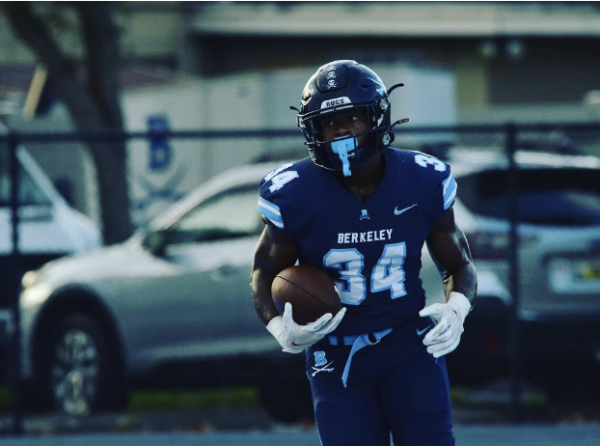Full STEAM Ahead

Early rendering of the Arts and Sciences building reveals 75,000 square feet of labs, offices, and classrooms.
The United States has an outdated school system. Students’ education is compartmentalized and sectioned off. Lines are drawn between subjects to encourage students to treat each of their classes, and the material they learn in them, as separate entities from each other. This pattern, however, is changing.
STEM—the union of science, technology, engineering and mathematics—is challenging the centuries-old way of thinking about education. The goal of STEM programs is to teach students to use everything they have learned to solve a problem they come across. STEM curricula encourage a student to pull from all of the material that he or she has learned, whether that material was learned in a science class or a math class, in order to solve problems. “They shouldn’t be thinking: ‘This is a math problem, so I will use math to solve it,’ or ‘This is a biology problem so I will deal with biology to solve it.’ The way they should be thinking is: ‘This is a problem, and I will use everything in my arsenal to solve it,’” explains Nicole Ackerson, Chair of the Science Department.
Technology, the ‘T’ in STEM, is one of the most important pillars of education. The 21st century has brought about a technological boom. Just seven years ago, the iPhone did not exist. Nobody even dreamed that one day, we would be able to pull such a device out of our pocket for everything we need, whether it is looking up information, watching a movie, listening to music, reading a book, playing a game or automating our entire home. Technology has changed; it is changing and will continue to change in the future. Berkeley aims to educate its students to not only use an iPhone but to also create the next iPhone—the next big thing. Berkeley wants its students to stop being consumers and start being producers—to become the next Steve Jobs, Bill Gates or Mark Zuckerberg. Students need to be educated with technology and about technology. Otherwise, they will get left behind.
Schools and institutions across the nation are flocking to investigate and establish their own STEM programs. According to The New York Times, there will be 2.4 million STEM job openings within the next five years. Even the College Board is recognizing the value of interdisciplinary learning. On the updated SAT test that will be rolled out in 2016, there will be an emphasis placed on analyzing not only literary and historical documents, but also scientific documents.
Berkeley is making a huge step to further the presence of STEM curriculum on-campus with the building of the Gries Center for the Arts and Sciences. The massive 75,000 square foot building has been specifically designed with the help of teachers and their curricula in mind. “This room was designed for curriculum we haven’t even thought of yet,” said Ackerson, in regards to a 3,500 square foot room dedicated to “Design Technology,” which encompasses 3D printing, prototyping and other things that have yet to be imagined. The building will also provide space for studying and new offices for the deans.
The center, in addition to housing STEM classrooms, also contains facilities for art classes such as a gallery for art shows, and a recital hall. The Arts and Sciences Center will have space for performances, ceramics, media, multimedia labs, biology, physics, chemistry and robotics—basically anything to do with the arts and sciences. Why has Berkeley decided to introduce an ‘A’ into the STEM acronym? In many ways, arts and sciences are the same. Many famous artists such as Michelangelo and Leonardo da Vinci were also scientists. “All religions, arts and sciences are branches of the same tree,” said Albert Einstein, a man who is usually associated with his special theory of relativity but was also known for his love of music. “Art and science are two sides of the same coin. One does not exist without the other,” said Ackerson. Art and science both challenge the way the world is viewed. Art inspires, science explains.
STEM, and in Berkeley’s case STEAM, is changing education in America. It aims to teach students to use everything in their toolbox, to throw everything they know at a problem. STEM is changing the way students learn, and it is changing it for the better.










